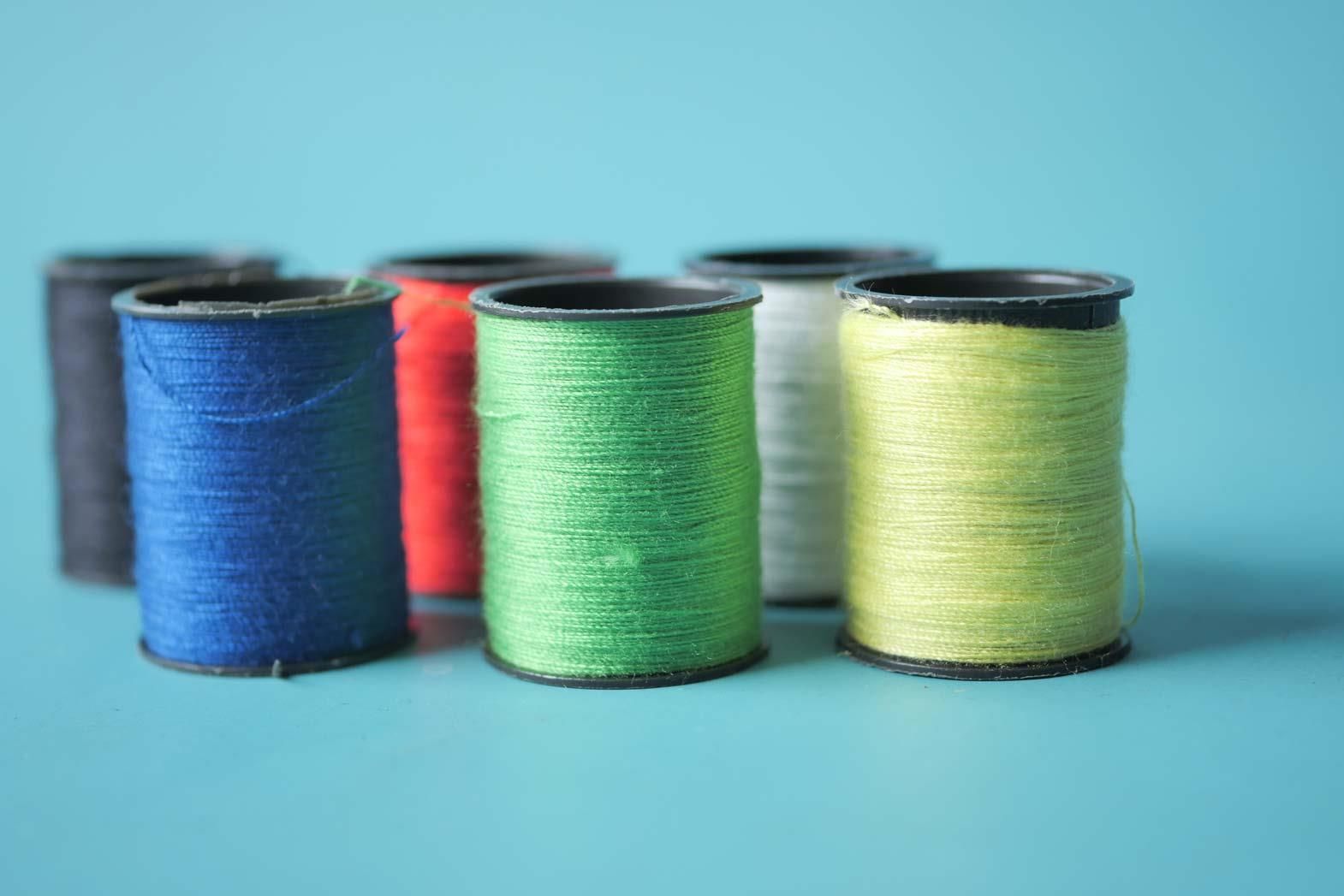Tweed's popularity has grown, especially because among various wool fabrics, it is considered the most stylish. According to the Campaign for Wool initiated by the Prince of Wales, up to eight new wool mills have opened in the United Kingdom in the past decade, employing around 6,000 workers. Tweed is no longer limited to clothing; it is now used in upholstery, hip flask and iPad covers, and even in footwear. The luxury interiors market is increasingly incorporating tweed to create unique and distinctive designs. While the traditional tweed maintains its classic colors such as pale greens, soft browns, blues, and purples, contemporary colors like bright orange and yellow are also available in various unique designs.
Traditional tweed involves several colors spun into yarn. The wool is dyed before spinning and mixed in various color combinations, typically ranging from two to eight colors. What may appear as a single color from a distance is actually an intricate blend of fibers that reflects its rich heritage.
In order to remain relevant in the ever-changing world of fashion, tweed makers have had to explore new markets beyond tradition. They have transformed the techniques and feel of the fabric, resulting in lighter-weight tweed with a modern aesthetic while still retaining its traditional essence.
The past three years, in particular, have seen tremendous growth for tweed. Tweed clothing is now available in high-end stores and graces couture collections on fashion runways. The demand for this fabric is on the rise, leading to the training of new weavers to meet production demands. Intensive efforts have been made to rejuvenate tweed and revitalize the industry by marketing the new, bolder, and more modern versions of tweed. Designers now have the freedom to exercise their creativity in crafting tweed garments, and the results have been phenomenal.
One of the most popular brands of the fabric Harris Tweed proves that the novel method of producing tweed has worked in favour of the fabric. As per the available statistics the brand manufactured one million meters of the fabric in 2012 as against mere 4.5 lakh meters in years preceding 2012. The figures of 2013 are also heartening, as the brand produced 3-5 million meters in this year.
The only discouraging factor is that the tweed fabric has not gone global. Nevertheless there are efforts going on to ensure that tweed becomes part of global textile industry. In countries like China, where tweed is nearly unheard of, it will be difficult for the makers in Europe to explore the market from scratch. It is important to introduce the fabric in the accurate manner. This will take time, but patience is the key here. Aside from China, the United Kingdom, France, Germany and Italy are also very significant market for the tweed. Fortunately countries like South Korea and India have shown acceptance to the tweed. But, the expensive and exclusive brands of tweed like the Harris Tweed can never be made available to the masses on a truly global scale. The manufacturing process and quality of Harris Tweed makes it an exclusive fabric, in return increasing its price by manifold. The Harris Tweed is not meant for the average buyers.
Today tweed has become a symbol of modernisation, which has become part of high fashion circuit. The fashion world is also recognising the quality and elegance of tweed fabric, thus evolving its uses for various other purposes apart from clothing. The market for tweed is changing and the little changes that the manufacturers have made to the traditional tweed have been a positive reinforcement in widening the market for tweed.
1. Theguardian.com
2. Wikipedia.com
3. Europeanceo.com
4. Heraldscotland.com








Comments